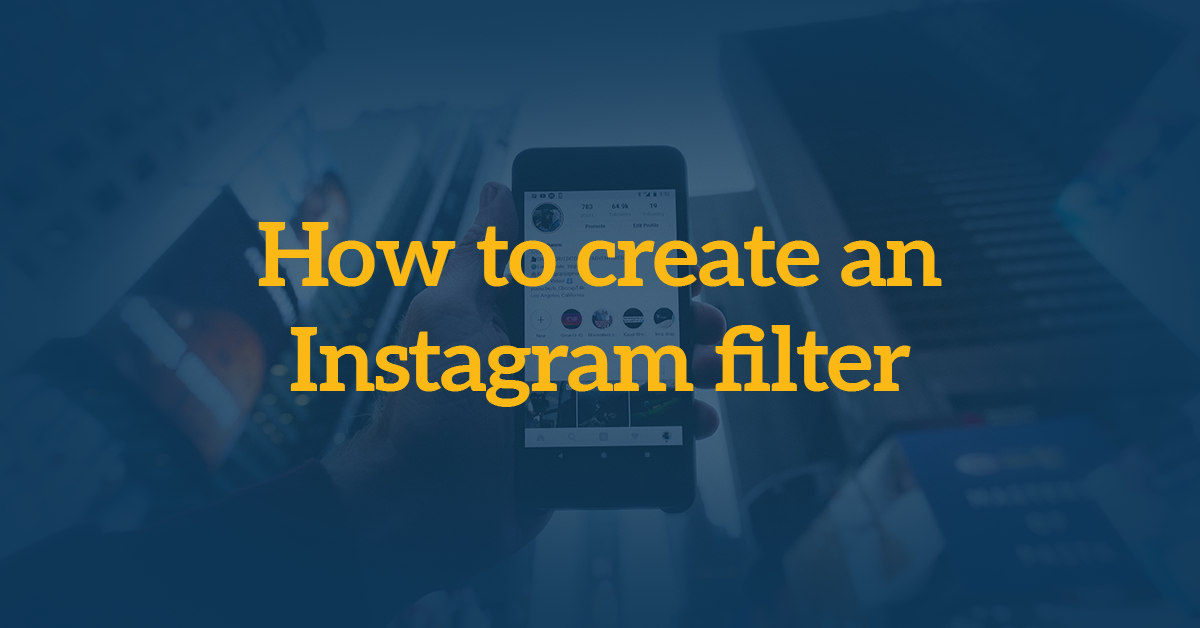Two weeks ago, we decided to create an Instagram filter for one of our clients that has a highly engaged audience. This was our first Instagram filter, so we had to start things from scratch. As a bottom line: Instagram filters are 80% math and logic paths, and 20% creativity. Let me show you why and how I’ve done it.
What tool I’ve used to create an Instagram filter
I’m going to be honest: don’t expect to find that many tools to create an Instagram filter. In my research, I’ve noticed that most designers and social media marketers recommended Spark AR, so I tried this first.
Personally, I knew nothing about creating Instagram filters from scratch, so I had to start with some newbie tutorials. This series on how to find your way around Spark AR Studio helped me understand the tool’s basics. If you already have some experience, you can look for more advanced tutorials.
For my use case, I wanted to create a “Guess the Gibberish” Instagram filter. Luckily for me, I found a tutorial for this one too. 🙂
*A Gibberish filter means that a text that apparently has no meaning appears somewhere on your screen and you need to guess what it’s saying (following the rules of creating gibberish words)
How much does it take to create an Instagram filter?
I worked on this one for 5 hours, but that’s just because, for this filter in particular, you need to manually create each card.
First you insert the text, then you create the design of each card manually, and then you make sure that design-wise they look good.
For a simpler filter, like some little hearts raining on the screen or anything like that, you probably only need 15-20 min, 1h maximum if you’re really picky.
How do you upload the filter, and how much does it take to be approved?
Before uploading the filter, you’ll need to test it first and make sure it looks good enough. You’ll be able to do this on your own. Spark AR automatically connects to your Instagram account when you sign up, so after you finish the filter, you’ll see it in your account.
If you’re satisfied with the result, all it’s left is to export the filter from Spark AR and publish it. The dashboard will look something like this:

It’s important to be specific and clear with the filter’s description to make sure Instagram approves it.
In our case, the filter was approved in 3 days, even though the network said it’s gonna take 2 weeks. I guess we got lucky.
And here you have it: how to create an Instagram filter from scratch.
The real challenge will be to make people use it as much as possible. But one step at a time, right?
Hope today’s insight helped!
Sebastian

